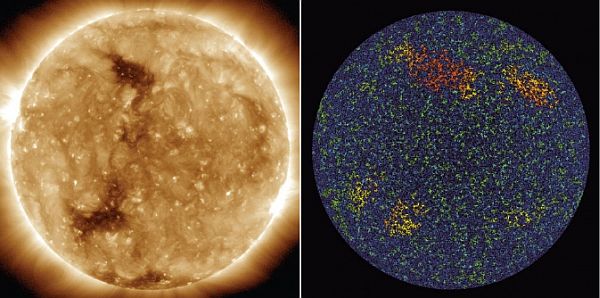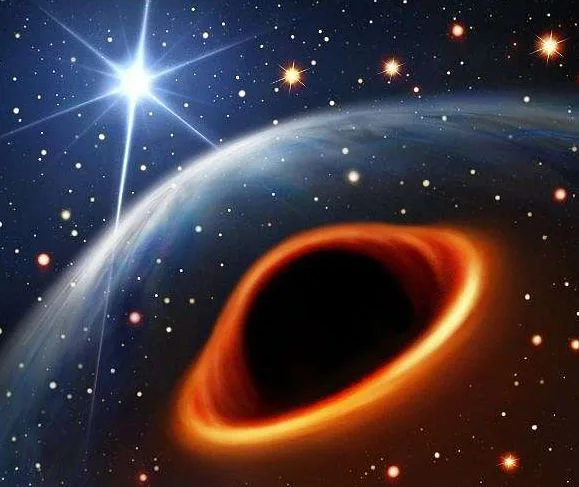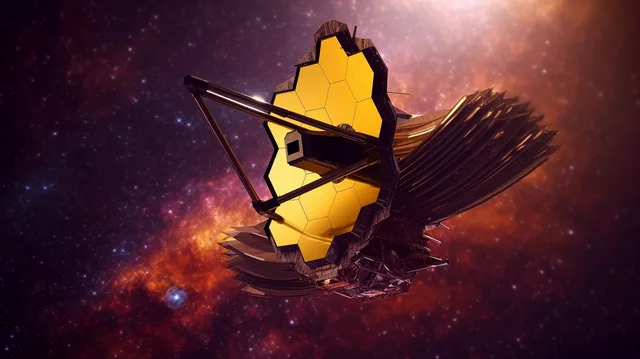NASA’s Solar Dynamics Observatory (SDO) has been able to collect data regarding the depth of the shining star, bright spots in the solar atmosphere and the strings of magnetic signatures observed on the surface of Earth. With this data, space scientists will get a peek into the insights related to the real-time mapping of the sun’s roiling interior. These understandings will help them on converging the decade long investigations of its 22-year sunspot cycle and emission of solar flares.
As per Scott McIntosh, one of the lead researchers, this data is a kind of a marker or an entry point that’ll lead to the core of the deep rooted activity.
Techniques: Helioseismology and Helioseismic Magnetic Imager
Traditionally, space scientists have employed a method called helioseismology, to study the propagation of wave oscillations in the Sun. It is because of this technique, they have concluded that the interior of the star is made up of granules, supergranules and giant cells. Along with this, the solar material is constantly moving rather overturning boiling water in a pot.
However, recent approach has replaced the mapping of seismic waves with Helioseismic Magnetic Imager, which can track the dynamic magnetic fields encircling the sun. During 2010, McIntosh mapped the magnetically-balanced areas on the sun, which means, even number of magnetic fields tapering inside and diverging out in the same area. The observation concluded that the magnetic parcels not only included the granules and supergranules but large areas about the size of Jupiter were also speckled. Hence, they observed that larger cells too are flowing as a part of the roiling interior.
Upon observing these areas through Atmospheric Imaging Assembly instrument in SDO imagery, the solar scientists noticed that spots of intense ultraviolet and X-ray light called the brightpoints are pervading throughout these larger areas. They nicknamed them as g-nodes.
Robert Leamon, co-author of the study suggested that tying weight to a bunch of helium balloons would make them float on the surface of the star. By mapping the motion of the balloons, they then would be able to take a sneak peek at the happenings on the surface of the Sun.
Researchers envision that this technique would act as a boon by providing a way to track the interiors of the gigantic star. It would also assist them in predicting the changes in magnetic fields consequent upon which solar eruptions take place.
Source: NASA




